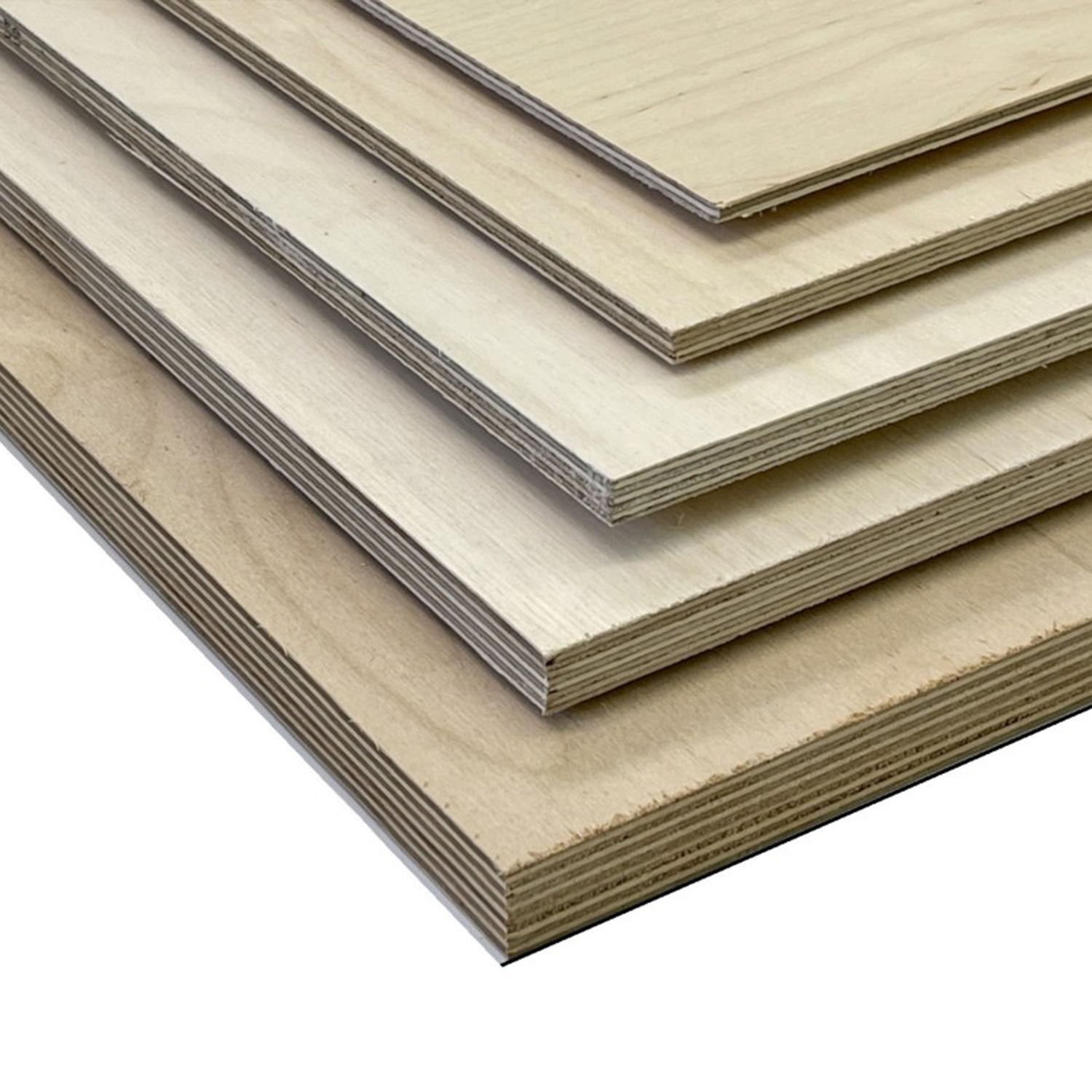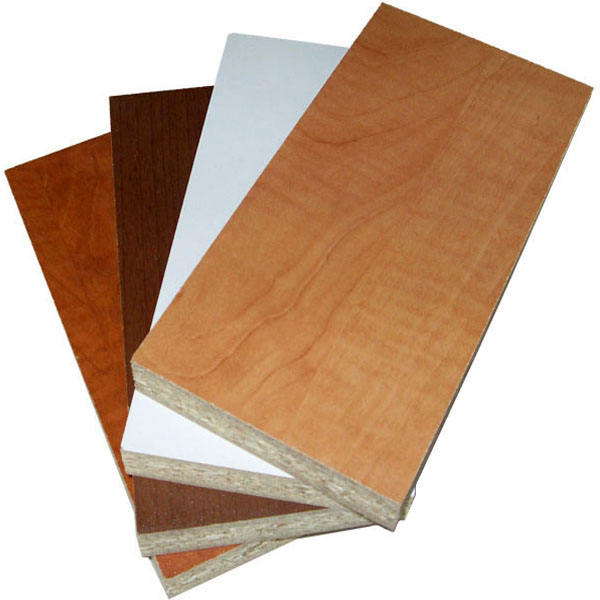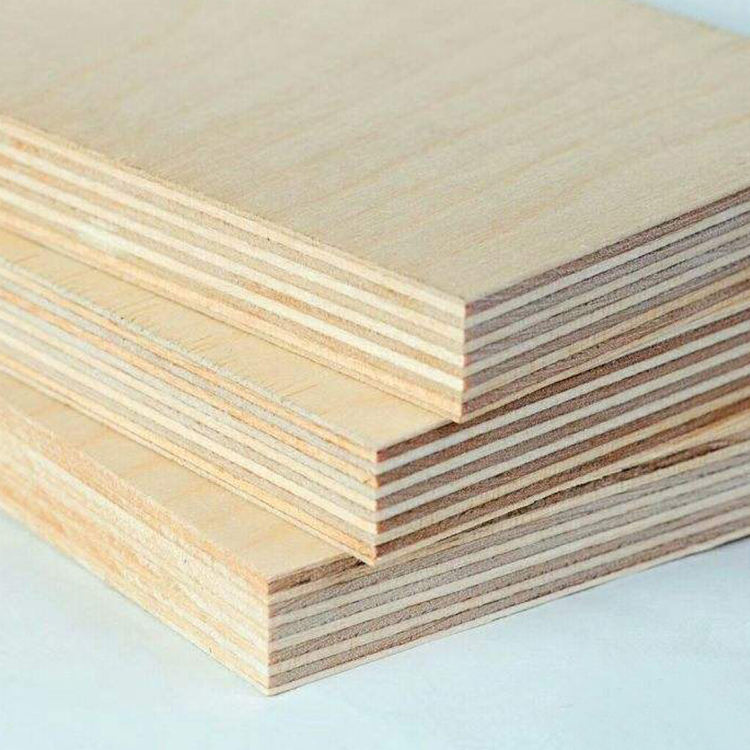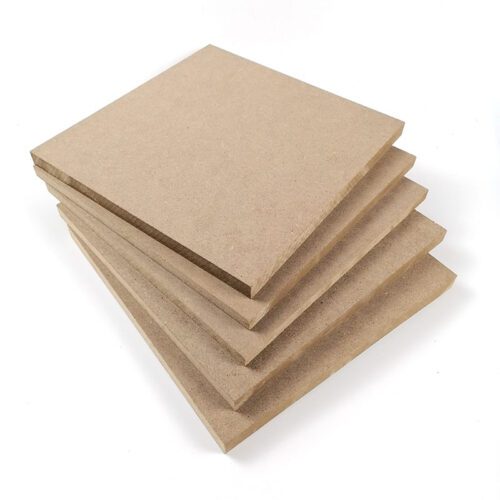
OSB (Oriented Strand Board) is a type of engineered wood made by layering strands of wood in alternating directions and bonding them with adhesives. It is commonly used in construction for sheathing, flooring, and roofing.
Yes, OSB board can get wet. However, it’s important to understand the difference between getting wet temporarily and prolonged exposure to moisture.
Temporary exposure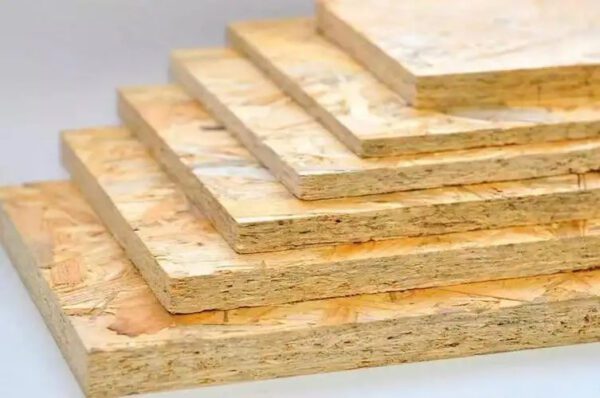 to moisture: OSB can withstand temporary wet conditions without significant damage. For example, if it rains while the OSB is exposed during construction, it will not immediately degrade. It can dry out once the moisture evaporates, and it will likely maintain its structural integrity.
to moisture: OSB can withstand temporary wet conditions without significant damage. For example, if it rains while the OSB is exposed during construction, it will not immediately degrade. It can dry out once the moisture evaporates, and it will likely maintain its structural integrity.
Prolonged exposure to moisture: If OSB is exposed to prolonged moisture or high humidity, it can start to degrade. The adhesive used to bond the wood strands can begin to break down, leading to delamination (the layers start to separate) and a reduction in the board’s strength. This is particularly true if the moisture is accompanied by warm temperatures, which can accelerate the degradation process.
For this reason, OSB is typically classified with a moisture resistance rating. The most common types of OSB used in construction are OSB/2 and OSB/3. OSB/2 is suitable for dry conditions and interior use, while OSB/3 is more moisture-resistant and can be used for exterior applications where it may be exposed to moisture for short periods, such as under siding or roof sheathing.
It’s important to note that even OSB/3 is not designed for long-term direct exposure to the elements. For permanent outdoor applications, other materials like plywood treated with water-resistant adhesive or composite materials may be more appropriate.
OSB can get wet, but it’s not designed for long-term exposure to moisture. For best results, it should be used in accordance with its moisture resistance rating and protected from prolonged wet conditions.

